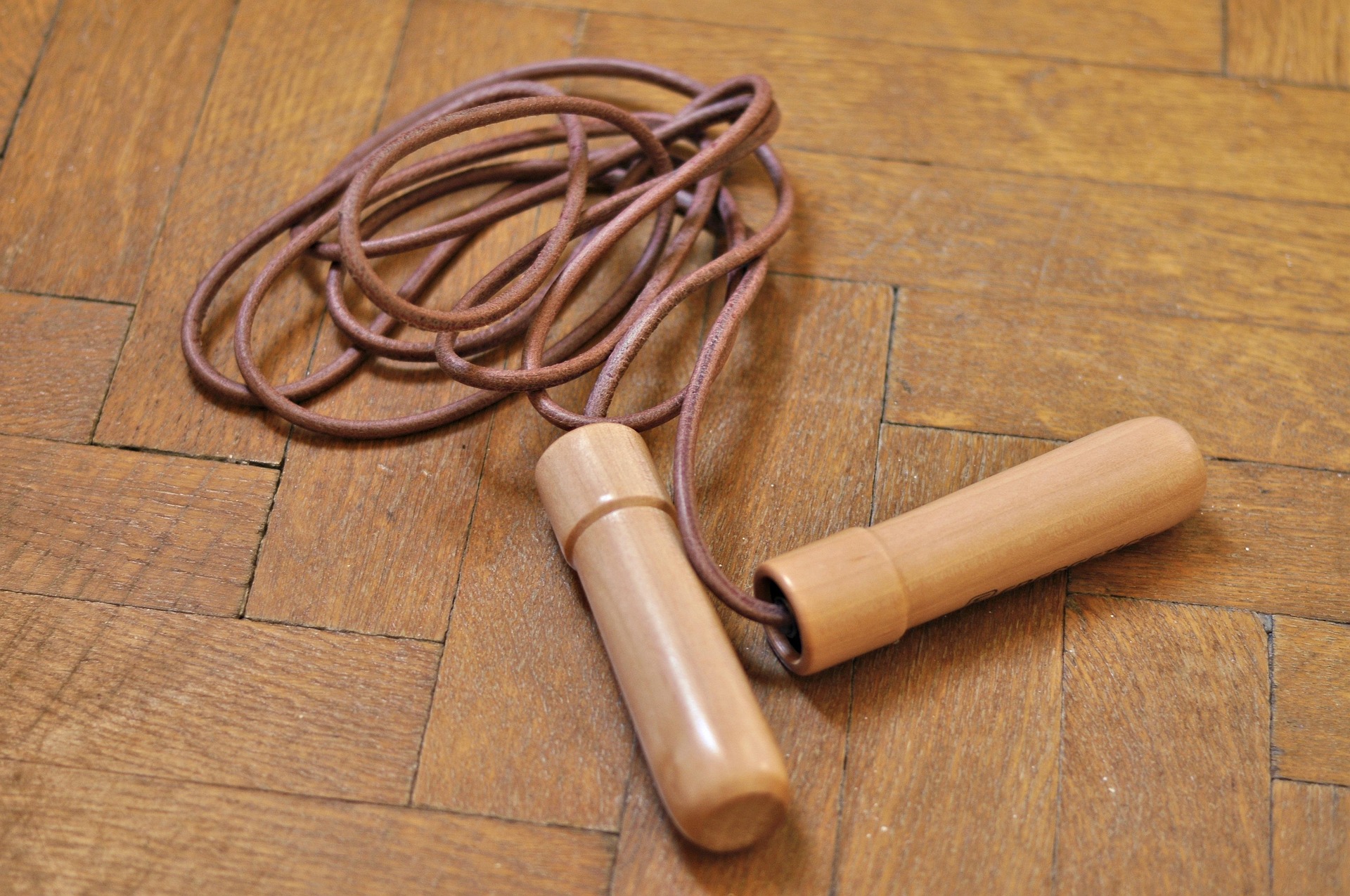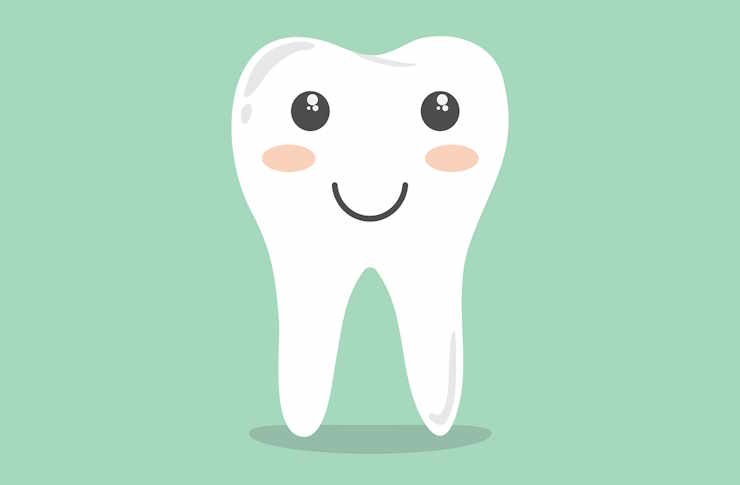Breaking Down the Biomechanics of Gymnastics: A Comprehensive Analysis
Gymnastics, one of the most ancient and revered sports, has evolved remarkably over the centuries. The sport's unique blend of strength, flexibility, and artistry continues to captivate audiences worldwide. This article delves into the fascinating biomechanics of gymnastics, providing a comprehensive analysis of the science behind this mesmerizing sport.
Gymnastics is a testament to the human body’s extraordinary capabilities. Every leap, tumble, and rotation in this sport is a feat of biomechanics, a field of study that explores the interplay between physical forces and biological systems.
A Historical Perspective: From Ancient Greece to Modern Times
Gymnastics can be traced back to ancient Greece, where it was used to train soldiers in strength, agility, and discipline. Over the centuries, this training method evolved into a competitive sport, with the first modern gymnastics competition held in the early 19th century. Since then, advancements in sports science have significantly influenced gymnastics’ techniques and training methods, with a particular focus on understanding and optimizing the biomechanics involved.
The Science Behind the Leaps: Understanding Force and Momentum
In gymnastics, athletes must produce and control force to perform complex movements. For instance, during a vault, a gymnast uses the force from their run-up to launch off the springboard. The gymnast’s body then becomes a projectile, with the direction, speed, and angle of takeoff determining the height and distance of the vault.
The Art of Rotation: Angular Momentum and Its Role
A key aspect of gymnastics is the ability to perform multiple rotations in mid-air, such as during a floor exercise or a dismount from the uneven bars. These rotations are governed by the principle of angular momentum, which states that an athlete’s rotational speed depends on their body’s position. By tucking in their limbs, a gymnast can spin faster, a technique commonly seen in somersaults.
The Balance Game: Stability and Center of Gravity
Balance is vital in gymnastics, especially in events like the beam and the pommel horse. Here, the gymnast’s center of gravity plays a crucial role. The center of gravity is the point around which an athlete’s weight is evenly distributed. A lower center of gravity makes it easier to maintain balance, which is why gymnasts bend their knees and keep their bodies close to the beam or horse.
Biomechanics in Training: Methodologies and Applications
Understanding the biomechanics of gymnastics can significantly enhance an athlete’s performance. Coaches often use biomechanical analysis to refine technique, minimize injury risk, and develop effective training programs. For example, by analyzing the forces exerted during a floor routine, coaches can identify areas of strain and adjust the athlete’s movements accordingly.
In conclusion, the biomechanics of gymnastics is a complex and fascinating field that combines science and sport in unique ways. It not only underpins the jaw-dropping feats performed by gymnasts but also offers valuable insights into human movement and potential. By continuing to explore and understand this intricate science, we can look forward to witnessing even more spectacular displays of athleticism and artistry in the world of gymnastics.





